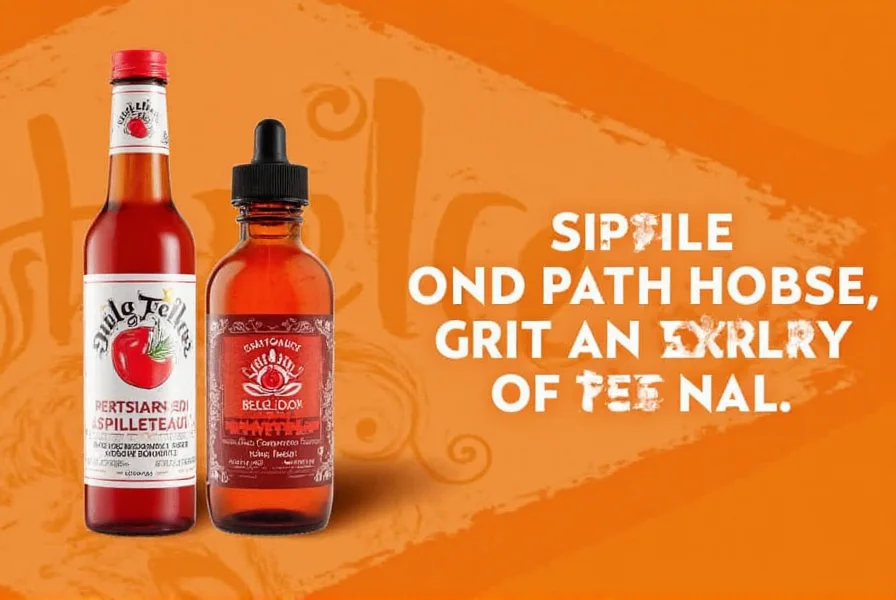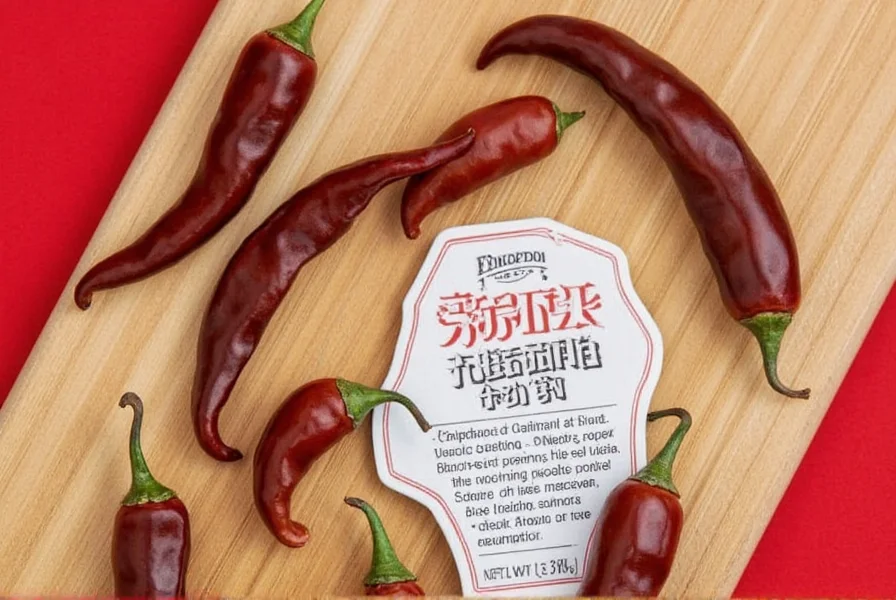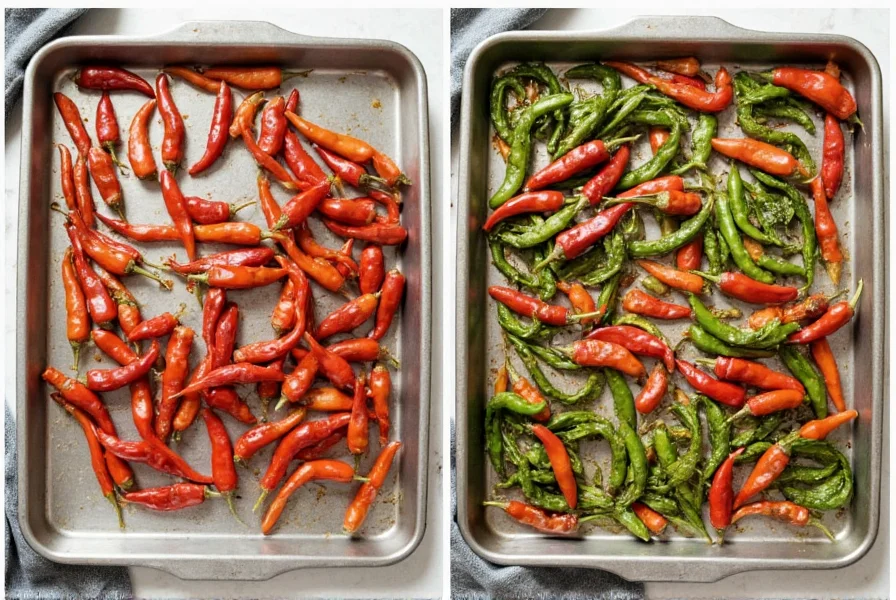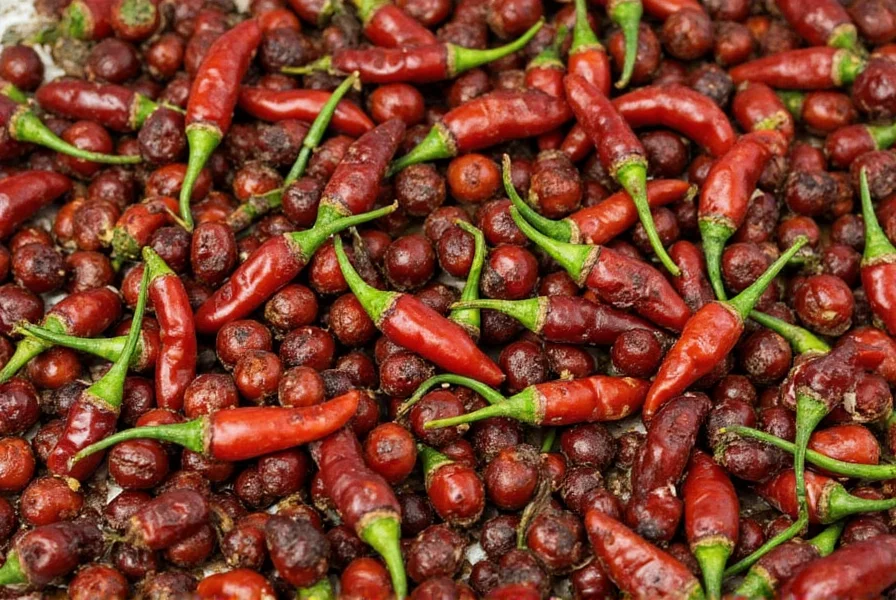Table of Contents
Introduction to Chipotle Pepper
Chipotle pepper is a smoked and dried jalapeño chili pepper known for its rich smoky flavor and moderate heat (2,500-8,000 Scoville units). This versatile ingredient transforms dishes from salsas to marinades with its unique depth and complexity. Whether you're cooking Mexican cuisine or experimenting with global flavors, chipotle adds a signature smoky kick that elevates any recipe.

What is Chipotle Pepper?
Chipotle peppers are not a separate chili variety but rather ripe jalapeños that have been slow-smoked over wood fires. This traditional process gives them their characteristic deep reddish-brown color and intense smoky flavor while reducing raw heat. They're commonly available in three forms: canned (in adobo sauce), dried, and fresh. Canned chipotles are the most convenient for home cooks, as the adobo sauce adds extra flavor and moisture.

Flavor Profile and Uses
Chipotle's flavor combines smokiness, subtle sweetness, and earthy notes with moderate heat. Here are proven ways to use it:
- Chipotle Salsa: Blend 2 canned chipotles (seeds removed), 1 cup tomatoes, 1/4 onion, cilantro, lime juice, and salt for a restaurant-quality salsa.
- Marinade for Chicken: Mix 1 chipotle pepper, 2 tbsp olive oil, 1 tbsp lime juice, 2 garlic cloves, and 1 tsp cumin for tender, flavorful grilled chicken.
- Smoky Guacamole: Mash 1 chipotle pepper into 2 avocados with lime juice, salt, and diced tomatoes for a smoky twist on classic guac.
- Vegetarian Chili: Add 1-2 chipotles to your chili base for depth without meat. Balance with 1 tsp cocoa powder for richness.
- Chipotle Mayo: Blend 1 chipotle pepper with 1/2 cup mayo, 1 tsp lime juice, and pinch of salt for a perfect taco topping.

Practical Tips for Using Chipotle Pepper
- Control Heat: Remove seeds and membranes before using to reduce spiciness while keeping flavor.
- Maximize Adobo Sauce: Use the liquid from canned chipotles as a base for dressings or soups - it's packed with flavor.
- Make Paste: Blend chipotles with water or oil for a smooth paste that distributes evenly in sauces.
- Freeze Smart: Freeze individual chipotles in adobo sauce in ice cube trays for easy portion control.
- Balance Bitterness: If your sauce tastes bitter, add 1 tsp honey or tomato paste per chipotle to balance flavors.

Frequently Asked Questions
Here are answers to common questions about chipotle peppers:
Is "chipoltle" the correct spelling?
No, the correct spelling is "chipotle." "Chipoltle" is a common misspelling. The word comes from the Nahuatl language (chilpoctli), meaning "smoked chili."
How hot are chipotle peppers?
They range from 2,500 to 8,000 Scoville Heat Units (mild to medium heat). The smoking process mellows the jalapeño's raw heat while adding depth.
Can I substitute chipotle powder for canned chipotle peppers?
Yes, but adjust quantities: 1 teaspoon chipotle powder ≈ 1 canned chipotle pepper. Powder lacks the adobo sauce's complexity, so add ½ teaspoon smoked paprika for depth.
Are chipotle peppers suitable for vegetarian dishes?
Absolutely! They add smoky depth to bean burgers, roasted vegetables, and plant-based chili. Check adobo sauce labels for anchovies if strict vegetarian.
How long do opened canned chipotles last?
Store in a sealed container in the refrigerator for up to 3 weeks. For longer storage, freeze individual peppers in adobo sauce in ice cube trays (2-3 months).
Why does my chipotle sauce taste bitter?
Bitterness usually comes from overusing the pepper's seeds or stems. Remove seeds before blending, and balance with 1 tsp honey or tomato paste per pepper.
| Product Type | Features | Advantages | Best For |
|---|---|---|---|
| Canned Chipotle Pepper | Packed in adobo sauce | Convenient, long shelf life, ready to use | Quick recipes, salsas, dips, and marinades |
| Dried Chipotle Pepper | Smoked and dehydrated | Intense flavor, long-lasting | Homemade sauces, smoking, and seasoning blends |
| Fresh Chipotle Pepper | Unsmoked, raw | More vibrant flavor, can be smoked at home | Cooking enthusiasts who enjoy experimenting |
For high-quality canned options, Las Palmas Chipotle Peppers in Adobo is widely available and trusted by chefs for consistent smoky flavor and texture.
| Pepper | Heat Level | Flavor Profile | Best Used In |
|---|---|---|---|
| Chipotle | Mild to Medium | Smoky, slightly sweet, earthy | Salsas, marinades, stews |
| Chipotle Morita | Medium | Smoky, slightly fruity, tangy | Charcuterie boards, sauces |
| Pasilla | Mild | Earthy, slightly sweet, nutty | Chili, mole, sauces |
| Ancho | Mild to Medium | Smoky, sweet, mild heat | Stews, roasts, sauces |
Each pepper has unique qualities, but chipotle stands out for its versatile smoky profile that works in both traditional and modern dishes.
Conclusion
Chipotle pepper is a culinary powerhouse that transforms ordinary dishes into extraordinary experiences. Its signature smoky flavor pairs perfectly with everything from Mexican classics to global fusion cuisine. Remember: start with small amounts, balance heat with sweetness, and experiment fearlessly. With the right techniques and trusted brands like Las Palmas, you'll unlock endless possibilities in your kitchen.
Ready to elevate your cooking? Try our chipotle salsa recipe today - it's the perfect introduction to this incredible ingredient!










 浙公网安备
33010002000092号
浙公网安备
33010002000092号 浙B2-20120091-4
浙B2-20120091-4